I have a message which is within a border and is displayed in front of a MDI client area. Because it's just a message, I set it's IsHitTestVisible to false. For convenience, I've also included a button within it so the user can simply click the button to start a new diagram.
However, because the border has its IsHitTestVisible set to False, it shorts out the True value of the button so the user can't click on the button.
That said, how can you make a control invisible to the mouse, while still allowing one of its children to receive mouse events?
Here's a screenshot:

We want the blue area with text to be hit-test invisible, but we want the button to still be able to be pressed. Thoughts? (And yes, I already know about stacking the two items in a grid, but that messes with the layout.